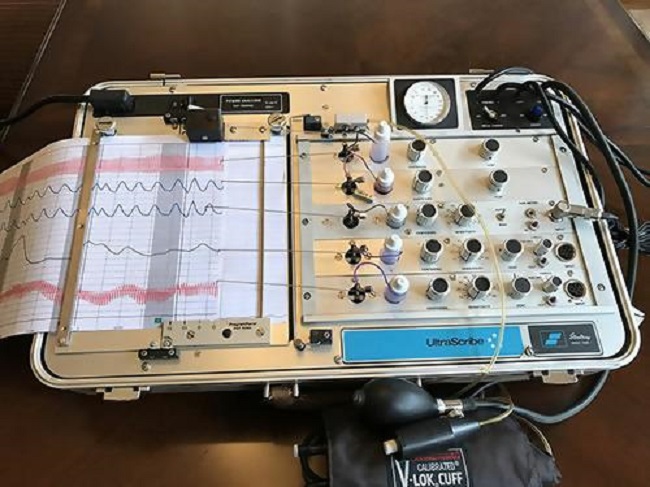“Make eye contact, blink, and smile. Attempt to unwind now, “her words “In a moment, we shall determine whether you are a good or bad liar.”
At Tel Aviv University, led by Professors Hanein and Dino Levy, a novel technique for detecting liars has been created.

Contents
They Claim to have Found That There are Two Categories of Liars:
those whose eyebrows move involuntary when they lie and those whose lips move slightly at the corner where they meet the cheeks.
Currently, their algorithm and software can identify falsehoods in 73% of cases, but they hope to increase that number as they continue to refine the system. One of the things you try to hide when you’re lying, she explains, is your body language.
But it’s very, very hard to disguise a falsehood with this technology,” Professor Levy continues.
As long as there have been tall tales, there have likely been techniques for detecting when someone is telling the truth. A suspect in China in the year 1000 B.C.E. was required to stuff their mouth with dry rice.
The grains would be tested after a certain amount of time, and the person would be found guilty if they had remained dry. The assumption was that if someone had lied, they would be anxious about telling the truth and their lips would be dry.
Lie Detection Machine
During the early decades of the twentieth century, the first polygraphs—or lie detection machines—were developed. The “analogue polygraph,” the most well-known of them, features three or four ink-filled needles that move around on a strip of moving paper.
During questioning, the suspect’s respiration, heart rate, blood pressure, and sweat are monitored using sensors on their fingers, arms, and body.
There are, however, persistent worries regarding the precision of these machines and whether or not they can be tricked. Therefore, scientists and tech companies all over the world are trying to perfect more advanced polygraph equipment.
Research led by Dr. Sebastian Speer and his team at Erasmus University in Rotterdam, Netherlands, is employing an MRI (magnetic resonance imaging) machine to detect dishonesty. They detect this by monitoring brain scans for shifts in colour in response to questions.
Dr. Speer explains that scans show “basically we find [different] parts [of the brain] that are more strongly stimulated” whether someone makes a decision to be dishonest or honest.
EyeDetect, created by Converus of Utah, is one example of a state-of-the-art lie detector now in use. Methods based on the analysis of involuntary eye movements to detect dishonesty are the emphasis here.
A participant is polled with a battery of “yes/no” or “true/false” questions. The participants’ reactions are monitored and analysed in real time by eye tracking software. The outcome, which is supposed to be 86-88% accurate, is then given to you within five minutes.
More than 600 customers in 50 countries, including over 65 US law enforcement agencies and almost 100 worldwide, are using EyeDetect, according to Converus (the word means “with truth” in Latin).
In an interview, CEO Todd Mickelsen said the test is being used by authorities and businesses to screen for a wide range of issues: “These might include prior crimes, drug usage past or present, unreported disciplinary action, lying on an application for employment, terrorist affiliations.”
Meanwhile, EyeDetect allows police detectives to ask targeted questions about a crime.
However, it must be emphasised that the legality of lie detectors differs widely from one country to the next.
The British probation service has been using polygraphs “in the management of offenders convicted of sexual offences” since 2014. And they’re currently in the trial stages for offenders of domestic violence.
However, in England and Wales, Scotland, and Northern Ireland, the results of polygraph exams cannot be used as evidence in criminal proceedings.
Last Words
In California, for instance, all parties must agree for a lie detector test to be admissible as evidence in a criminal case at the state level, whereas in New York, it is never admissible. Police in the United States are not allowed to demand testing from someone they have detained on suspicion of a crime.
While this is going on, companies are prohibited by the Federal Employee Polygraph Protection Act from conducting such tests on prospective workers.






























